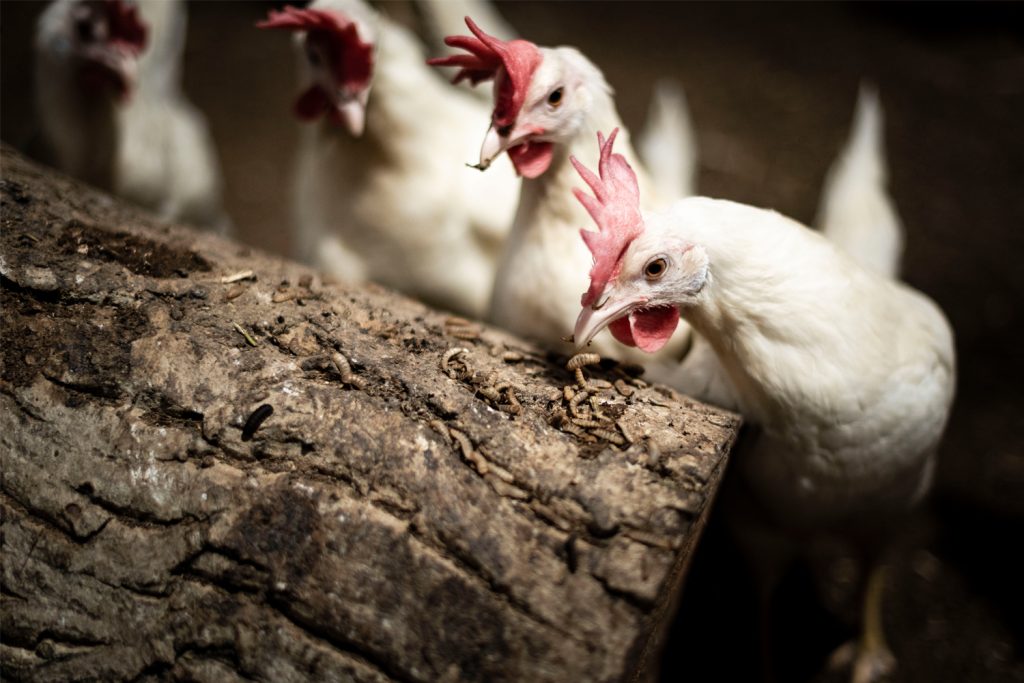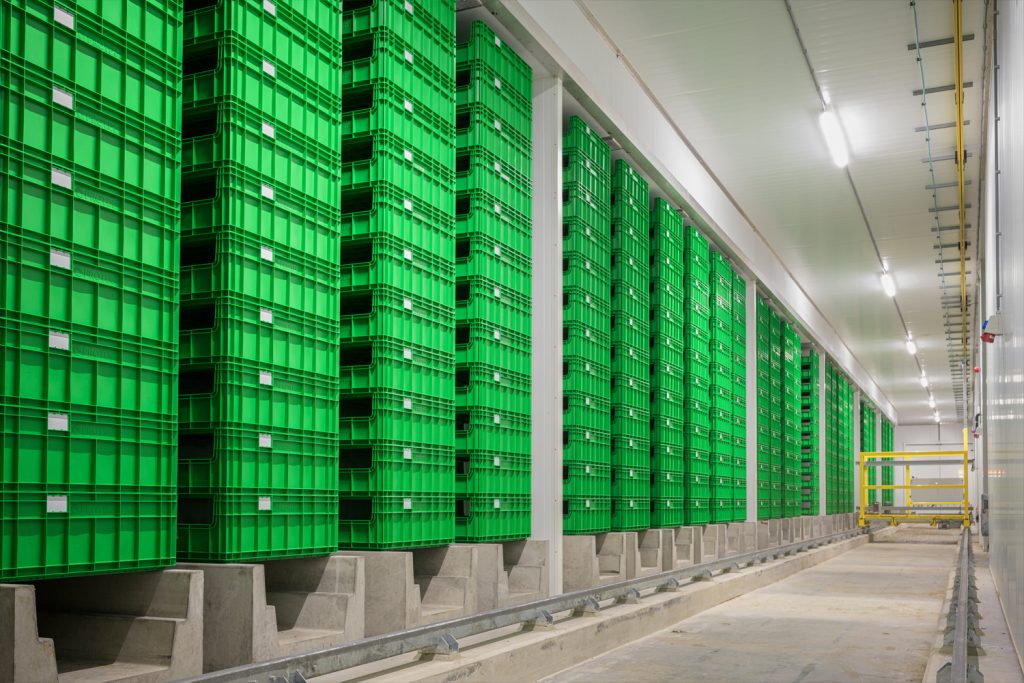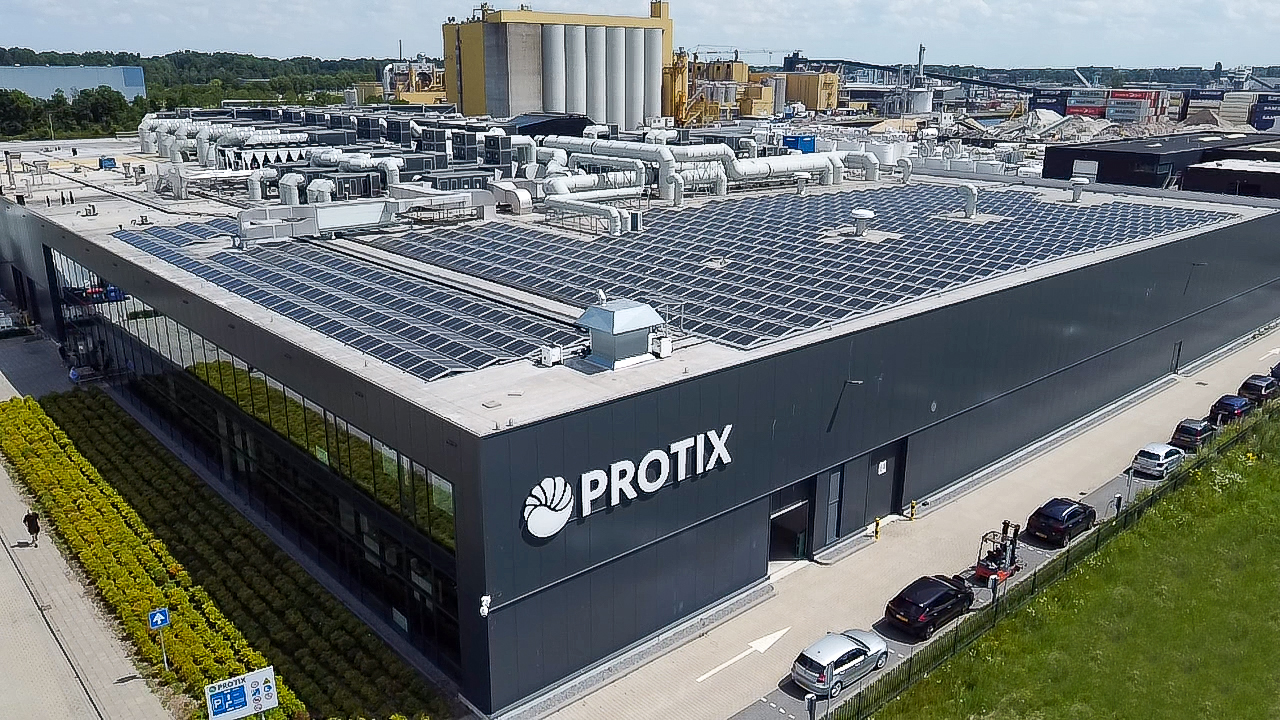The protein deficit
As the global population swells and incomes rise, the world’s appetite for meat and seafood is set to surge. As this demand for meat and seafood increases, so does the need for high-quality animal feed in order to grow the chickens, pigs, cows, fish and shrimp. By 2050, global demand for animal feed is projected to reach a staggering 2 billion tonnes annually, a 70% increase from the 1.2 billion tonnes in 20181. The obvious question is: How will we satisfy our hunger without deteriorating our planet’s resources?
Alternative protein in feed
Protein in animal feed is a crucial nutrient as it provides essential amino acids necessary for growth, development, and overall health in animals. Protein sources traditionally span both plant- and animal-based origins, with grains as well as oilseeds accounting for the majority of plant-origin proteins and wild-caught fish and animal by-products for the majority of animal-origin proteins. As these raw materials face increasing sustainability challenges and supply chain disruptions, the search for viable alternatives has intensified and diversified.
In the current agricultural environment, the importance of local alternative protein sources in animal feed cannot be underestimated. In this context, alternative proteins, including those derived from insects, algae, and single-cell proteins like yeast and bacteria, can offer a sustainable solution to meet the growing demand for animal feed. Insects are part of the natural diet of many animals, including pigs and poultry. For some birds, such as turkeys, insects can constitute up to 50% of their natural nutrition2. By harnessing innovative technologies and circular production methods, such as large-scale insect farming, the feed industry can diversify its protein sources while reducing dependence on less sustainable or afar resources.
Insects contributing indispensably to the solution
Large-scale insect production offers a promising solution, not only as a rich source of nutrients such as proteins, and lipids but also as a means of closing the loop in the food chain. By being able to use organic waste as nutritional input, insects have emerged not only as a major opportunity for the pressing challenges but also for the waste problem in the global food system. Currently, about 10% of food made available to consumers is lost through waste. When accounting for losses at the agricultural production, processing, and distribution levels, this figure rises to a third of all food produced.3 By tapping into insects’ natural ability to convert organic waste into valuable nutrients, and as awareness for this solution grows and regulatory frameworks evolve, insects are positioned to play a pivotal role in shaping the future of local and circular protein and lipid production.
Through innovative technologies and controlled scaling, various companies have already demonstrated the viability and scalability of insect-based ingredient production. While the industry currently focuses on high-quality proteins for pet food and as an alternative to fish meal in aquaculture, the lipids have been present in livestock markets for years, backed by scientific studies demonstrating their benefits. Through strategic partnerships, companies like Protix are gearing up to expand their large-scale insect ingredient production. With the additional support and trust of financial institutions such as the European Investment Bank (EIB), Protix is expanding its operations and capitalising on the circular potential of insects to address the increasing demand for protein in animal feed and pet food.
Emerging global insect opportunities
As a testament to the potential of insects, Tyson Foods’ investment in Protix expands opportunities for large-scale insect production. This strategic partnership between Tyson Foods, one of the world’s largest food companies, and Protix, the leading innovator in large-scale insect ingredients production, demonstrates a tangible commitment to innovation and sustainability. The investment not only accelerates Protix’s international ambitions but also provides added value to Tyson Foods’ business and the opportunity for full circularity within the Tyson value chain. As the demand for protein and other nutrients continues to grow and environmental pressures intensify, investments in insect ingredient production represent a forward-looking approach to addressing these challenges through large-scale innovation.
The way forward
The global shift towards alternative protein production, particularly through large-scale insect farming, presents a compelling opportunity for investors not only to drive sustainable innovation but also to capitalise on the growing demand for protein. The potential of the insect protein industry is substantial. Conservative estimates project the market to reach 1 million tonnes, valued at $2.5 billion, by 2030. By 2045, this could expand to 7.3 million tonnes, valuing $13.1 billion.4 To put this into perspective, the current total fish meal and oil production stands at about 6 million tonnes. With companies such as Protix and Tyson Foods setting the example, strategic partnerships and investments in insect ingredient facilities are paving the way for a more resilient and efficient food system. But amidst this opportunity lies a challenge: navigating complex regulatory frameworks, particularly in regions such as Asia and Europe, where insect-based product regulations vary widely. But the steps forward are being made. In the European Union, insect protein has been permitted in aquafeed since 2017. Another significant breakthrough came in 2022, with the EU allowing the use of processed animal proteins (PAPs) and insects in feed for non-ruminant animals, including pigs and poultry.
While the potential of insect farming and the use of insects as an alternative protein source is immense, consumer acceptance remains a crucial topic. But as awareness of sustainability and health benefits continues to increase, so does the potential for consumer acceptance, thereby opening new markets and investment opportunities in alternative protein and nutrient production.
1 https://www.bryangarnier.com/wp-content/uploads/2022/06/Insects_as_feed.pdf 2 https://www.researchgate.net/publication/350894994 3 https://wedocs.unep.org/20.500.11822/45230 4 https://www.bryangarnier.com/wp-content/uploads/2022/06/Insects_as_feed.pdf





